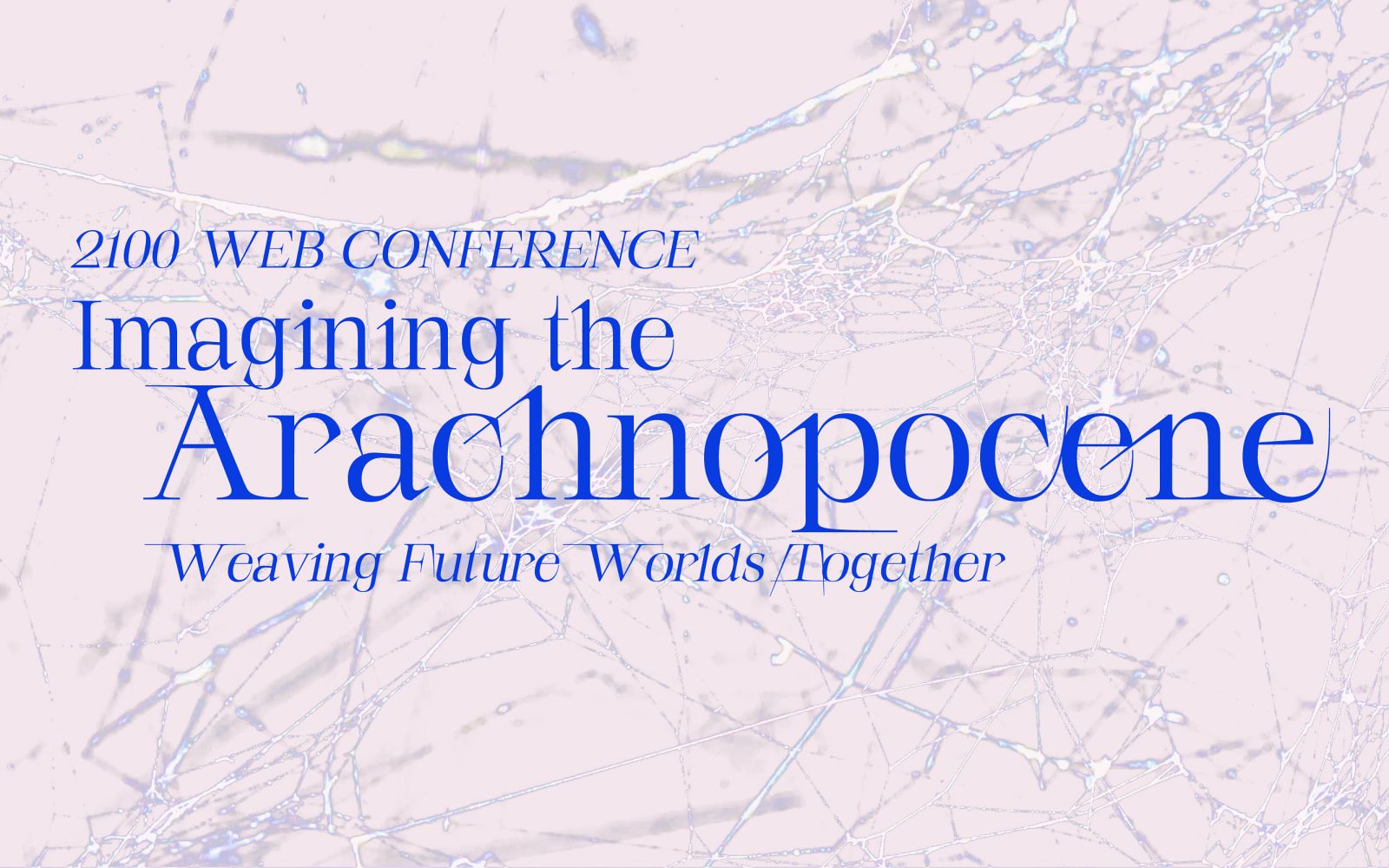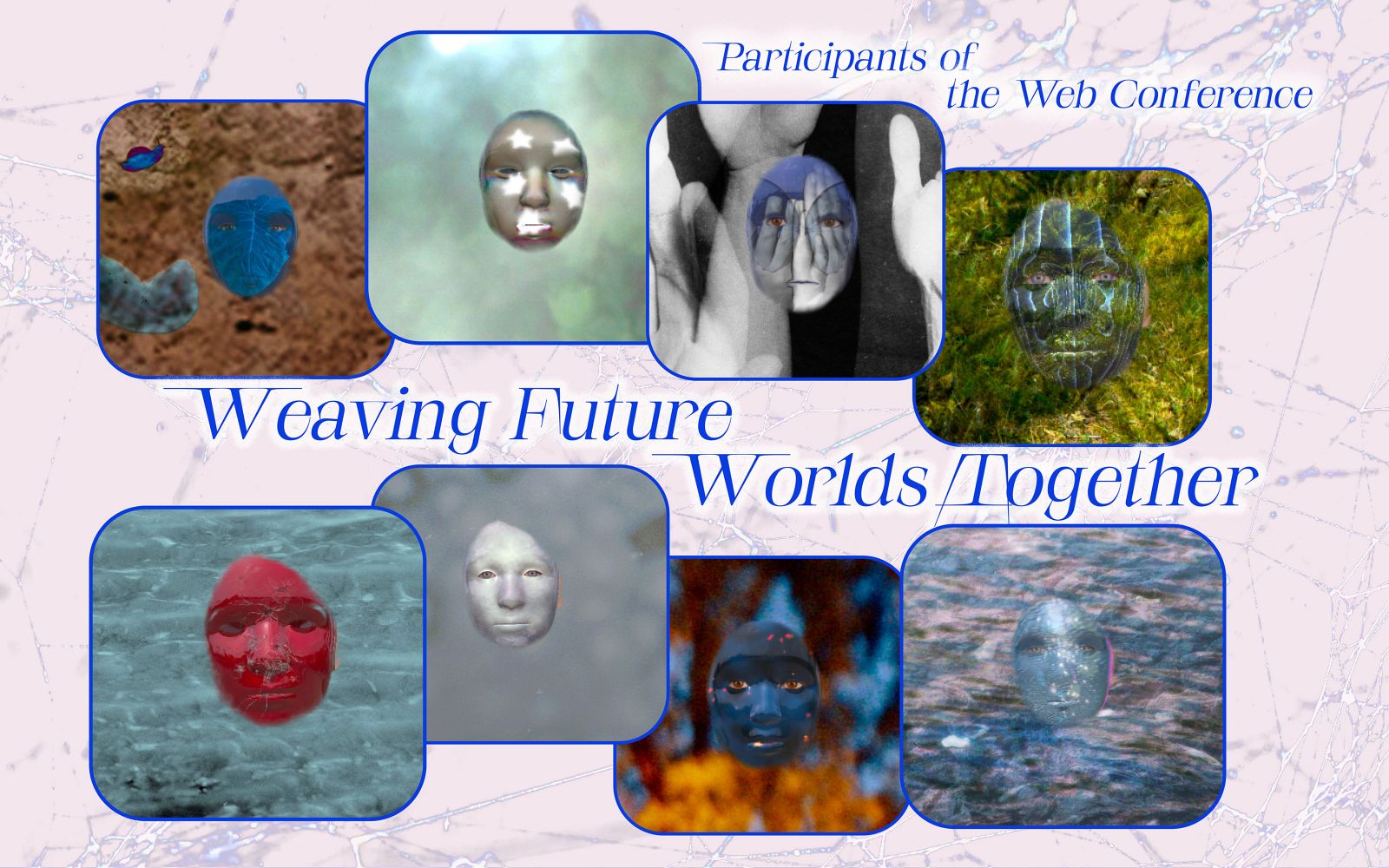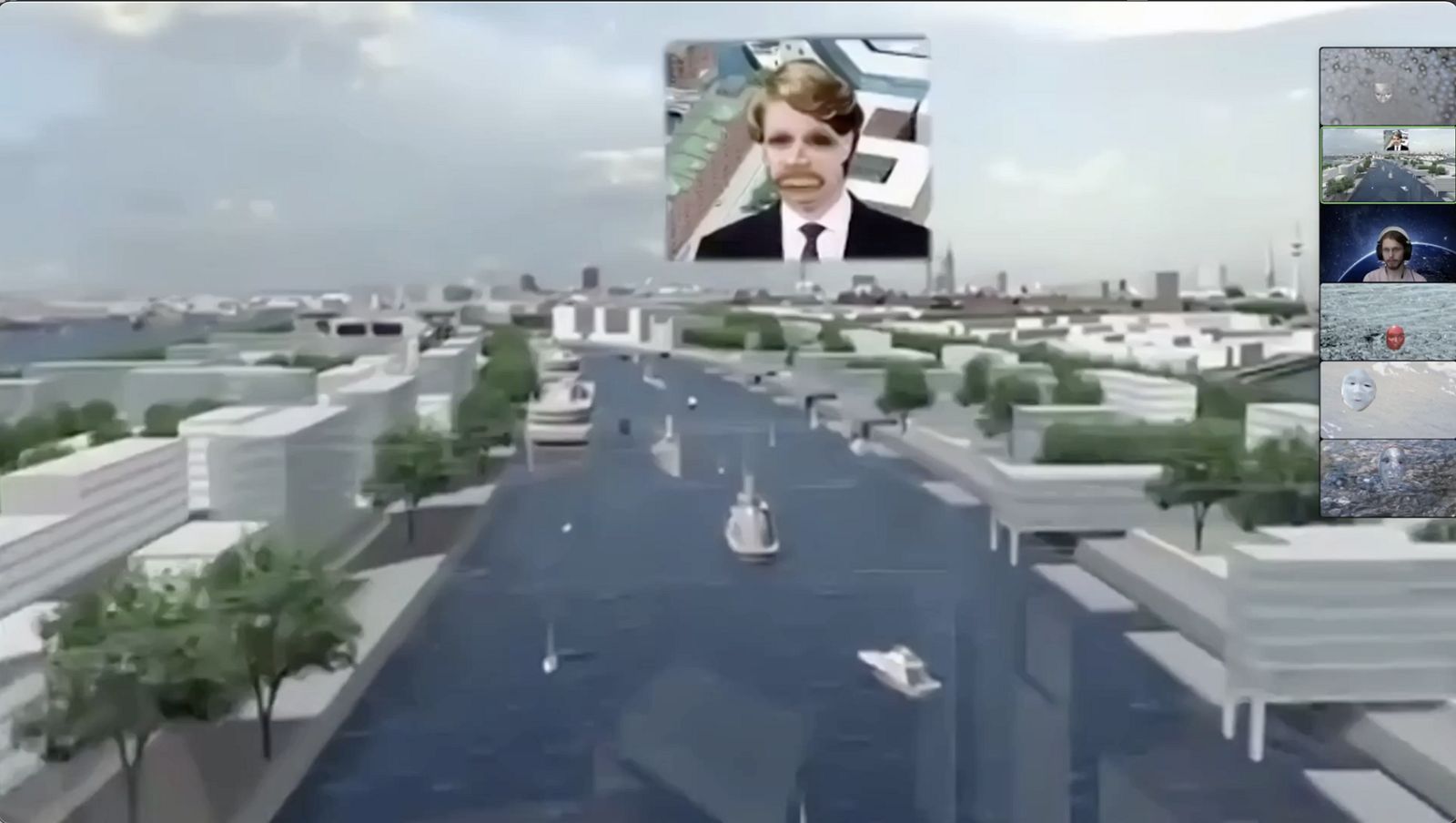
Sophie Allerding
Keywords: Role-play, Speculative-fiction, World-building
It is the year 2100. For centuries we humans have pulled the strings on earth and made it an increasingly uncomfortable place to be. After decades of pandemics and massive pollutants that temporarily isolated us into our homes, we have now reached the point where we can’t leave our houses anymore at all: Since spiders left the earth, insect life has become completely unbalanced and the air is so full of flies and bugs that we can’t breathe anymore. Why have the spiders left our earth and what can we do to make them come back and help us to weave our earth habitable again? The Web Conference: Imagining the Arachnopocene Is an emergency meeting in which we think about alternative futures in which the spiders over take the strings.
The Web Conference: Imagining the Arachnopocene is an audio-visual story in three acts, which forms the playground of an online role play game. Taking place in a speculative future in which spiders have left earth, the goal of the conference is to imagine collaboratively a non-human-centered world.
Spiders are widely disliked among humans and arachnophobia is one of the most common phobias. The audio-visual material which forms the basis of each act, looks at the spider from a different perspective and is the outcome of an artistic research on questions on human- nature relationships, alienation, knowledge creation, and power structures, using the spider as a metaphor and co-narrator.
The role play facilitates the breaking through usual thought patterns and challenges an active reflection on the problems and questions proposed within the work. Augmented reality (face filter) as costuming and a character-building workshop, facilitate the entry into the speculative world, in which the world wide web is the only web left behind. The online setting creates and navigates the paradox of feeling both, connected and alienated – regarding other humans, spiders, or our environment.
Through interaction and embodiment, the subjective position of the participant towards the examined themes becomes the focus of the story, therefore I see potential in using this work also as an eco-pedagogical tool for reflection, activation, and participation in discussions around environmental protection.


